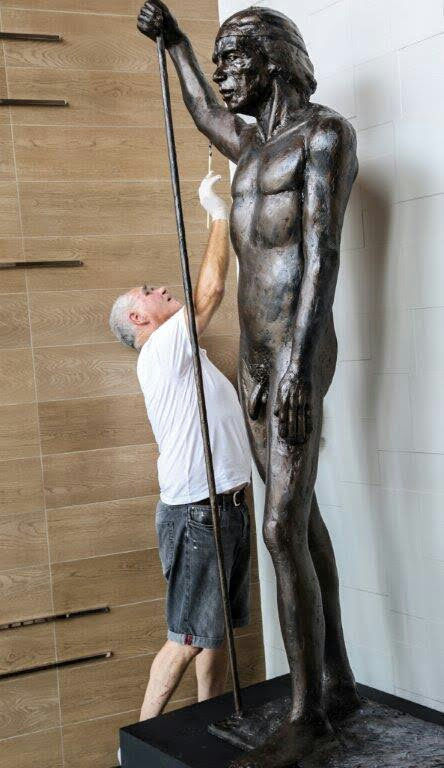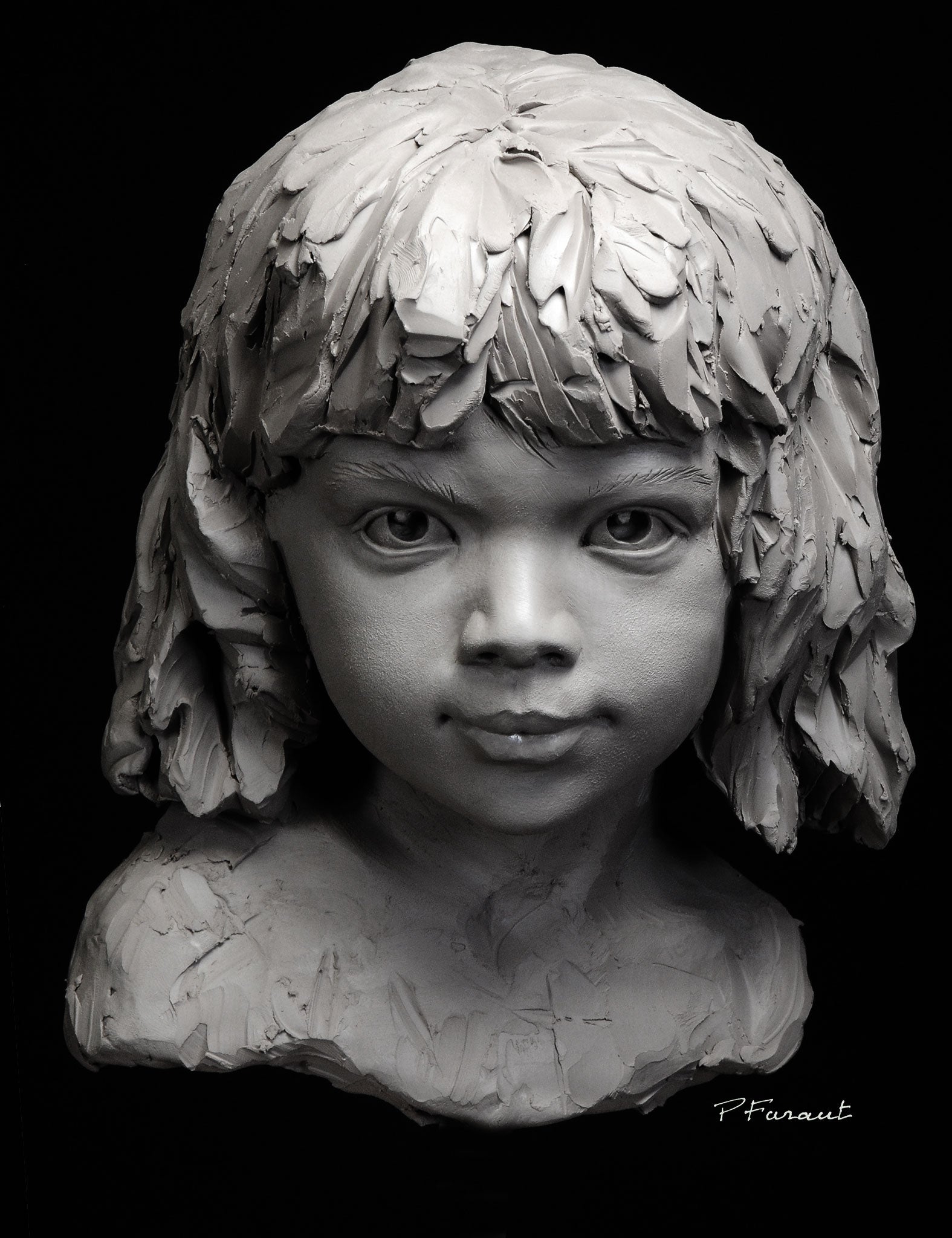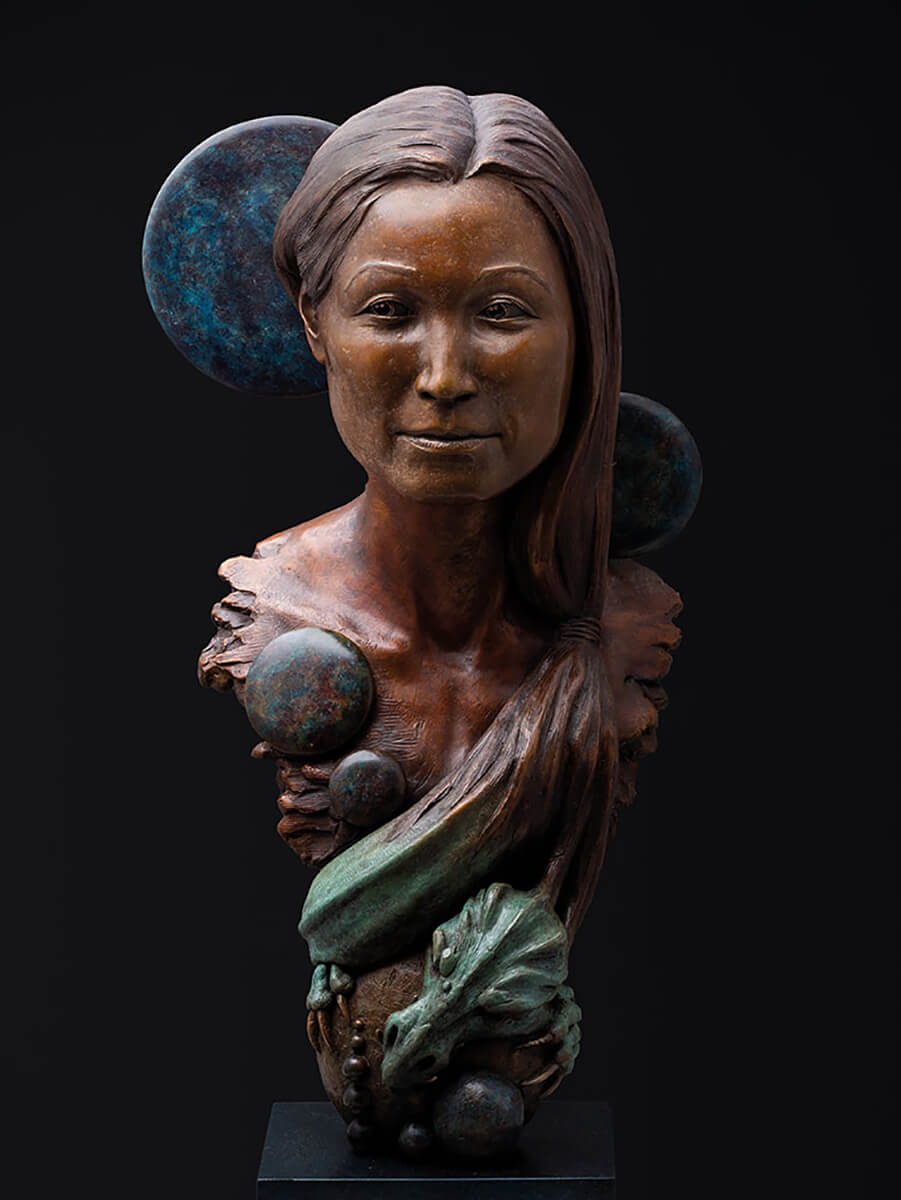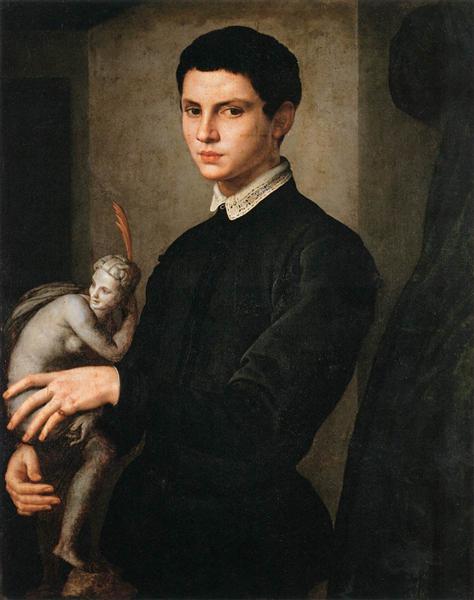Portrait Sculptor: Capturing Essence in Three Dimensions
Wiki Article
The Evolution of Sculptures: From Old to Modern
The Advancement of Sculptures: From Old to Modern. Portrait Sculptor.Sculpture, among the earliest kinds of art, has actually been an integral component of human world for millennia. From the ancient human beings of Egypt and Greece to the modern-day period, sculptures have actually progressed, reflecting modifications in artistic techniques, materials, and cultural impacts. This journey with time traces the growth of sculptures, exploring the shifts stylishly, subject issue, and artistic expression.
Beginning with the ancient globe, sculptures crafted from rock and later on bronze captured the essence of divine beings, leaders, and everyday life. The Renaissance period experienced a rebirth of classical sculpting methods, as musicians sought to replicate the elegant forms of ancient Greek and Roman sculptures (Bronze Sculptures). In the modern-day period, musicians tested traditional boundaries, embracing abstraction and experimentation with new materials
This exploration will certainly look into the varied development of sculptures, disclosing the abundant tapestry of artistic expression across different periods and societies.

Ancient Sculptures: From Rock to Bronze
Ancient sculptures transitioned from being taken of rock to being cast in bronze. This shift noted a significant evolution in the art of sculpture, enabling better refinement and detail in the completed jobs. Stone sculptures, while outstanding in their very own right, were limited by the nature of the product. Stone called for substantial carving and forming, commonly causing an extra streamlined depiction of the topic.The introduction of bronze as a medium for sculptures brought about a transformation in imaginative expression. Bronze offered carvers the chance to create realistic and complex kinds that were not possible with stone. The process of casting bronze permitted the development of several duplicates of a sculpture, making it possible for bigger distribution and preservation of these creative masterpieces.
The transition from stone to bronze also saw a shift in the subject matter of sculptures. While rock sculptures predominantly portrayed gods, goddesses, and mythical figures, bronze sculptures began to reflect a more comprehensive variety of subjects, including day-to-day people and animals. This growth of subject showcased the convenience and adaptability of the bronze medium.
Renaissance Rebirth: Shaping in the Timeless Design
The Renaissance resurgence of sculpture experienced a renewal in the timeless style, structure upon the developments made throughout the shift from rock to bronze in ancient sculptures. During this duration, musicians looked for to recreate the classical aesthetic and suitables of charm that were prevalent in ancient Greek and Roman sculptures.Among the key attributes of the Renaissance revival was the focus on naturalism and the human kind. Artists like Donatello and Michelangelo strove to record the physiological details and expressions of their topics with extraordinary accuracy. They researched the human body and integrated their monitorings into their sculptures, resulting in practical and realistic depictions.
One more important facet of the Renaissance resurgence was the expedition of point of view and depth. Artists made use of methods such as contrapposto, where the weight of the body is shifted to one side, creating a feeling of movement and dynamism. They additionally explore different products, including marble and bronze, to achieve a degree of elegance and details in their sculptures.

Innovation and the Avant-Garde: Damaging Standard Borders
During the Innovation and Avant-Garde activities, artists pressed the limits of typical imaginative conventions. This period, which arised in the late 19th and early 20th centuries, saw a significant shift in the means musicians approached sculpture. Denying the concept of art as plain replica, modernist sculptors sought to check out new forms, products, and principles.
One of the crucial characteristics of modernist sculpture was the emphasis on abstraction. Carvers moved far from sensible representations and rather concentrated on recording the essence of the topic via streamlined types and geometric forms. This separation from typical depiction permitted musicians to reveal their feelings and concepts in a much more individual and subjective manner.

Contemporary Sculptures: Exploring New Materials and Concepts
With a focus on checking out brand-new materials and concepts, contemporary sculptures have transformed the area of art. Artists today are pushing the limits of standard sculpture by trying out and utilizing ingenious materials with abstract concepts. These sculptures challenge traditional notions of materiality, definition, and kind, inviting visitors to take part in a thought-provoking and new artistic experience.Contemporary artists are accepting a vast array of materials, consisting of plastic, glass, steel, and also raw material. They are not limited to the standard medium of stone or clay, permitting better civil liberty and testing. This shift towards unconventional products has actually opened up new opportunities for artists to create sculptures that are dynamic, interactive, and aesthetically striking.
Along with checking out new products, modern sculptures likewise explore facility and abstract principles. Musicians are now checking out motifs such as identification, social problems, and the setting, making use of sculpture as a powerful tool for social commentary and introspection. These sculptures test visitors to think critically and engage with art on a deeper degree, triggering discussions and prompting psychological feedbacks.
Worldwide Influences: Sculptural Practices From Around The Globe
Sculptural traditions from numerous areas of the world have actually considerably shaped the evolution of sculptures throughout background. The global influences on sculpture have been diverse and have added to the splendor and range of creative expressions. From the ancient civilizations of Egypt, Greece, and Rome to the intricate carvings of Eastern societies, each area has created its special sculptural practices that have actually influenced musicians throughout time.In ancient Egypt, sculptures were produced mainly for religious and funerary objectives. The iconic sculptures of gods and pharaohs, such as the Great Sphinx and the bust of Queen Nefertiti, showcase the Egyptians' mastery of rock carving and their belief in the afterlife.

In old Rome, sculpture offered both political and artistic purposes. Roman sculptures typically portrayed emperors, generals, and mythological figures, showing the power and grandeur of the empire. The marble sculpture of Augustus of Prima Porta and the monumental Arc of Constantine are notable instances of Roman sculptural accomplishments.
Oriental sculptural practices, especially in India, China, and Japan, have additionally had a profound influence on the evolution of sculptures. Japanese sculptures, influenced by Buddhism, stress simplicity and peace, seen in the tranquil sculptures of Buddha and the stylish art of bonsai.
The global impacts on sculpture proceed to develop in the contemporary period. As we look to the future, it is specific that the worldwide impacts on sculpture will certainly continue to form and redefine this ancient art type.
Final Thought
Finally, the evolution of sculptures has seen a shift from old stone and bronze works to the classic resurgence throughout the Renaissance. This was complied with by the splitting of standard limits through modernism and the avant-garde movement. Today, modern sculptures explore new products and concepts, while also drawing inspiration from global sculptural customs. The trip of sculptures shows the ever-changing imaginative expressions and social impacts throughout background.From the ancient human beings of Egypt and Greece to the modern-day age, sculptures have advanced, reflecting modifications in creative techniques, materials, and social impacts.Starting with the old world, sculptures crafted from stone and later bronze captured the significance of divine beings, leaders, and day-to-day life.Old sculptures transitioned from being sculpted out of rock to being cast in bronze. While rock sculptures predominantly illustrated gods, goddesses, and mythological numbers, bronze sculptures started to reflect a broader range of subjects, including everyday people and animals.In final thought, discover this info here the advancement of sculptures has seen a shift from ancient stone and bronze functions to the timeless resurgence during the Renaissance.
Report this wiki page